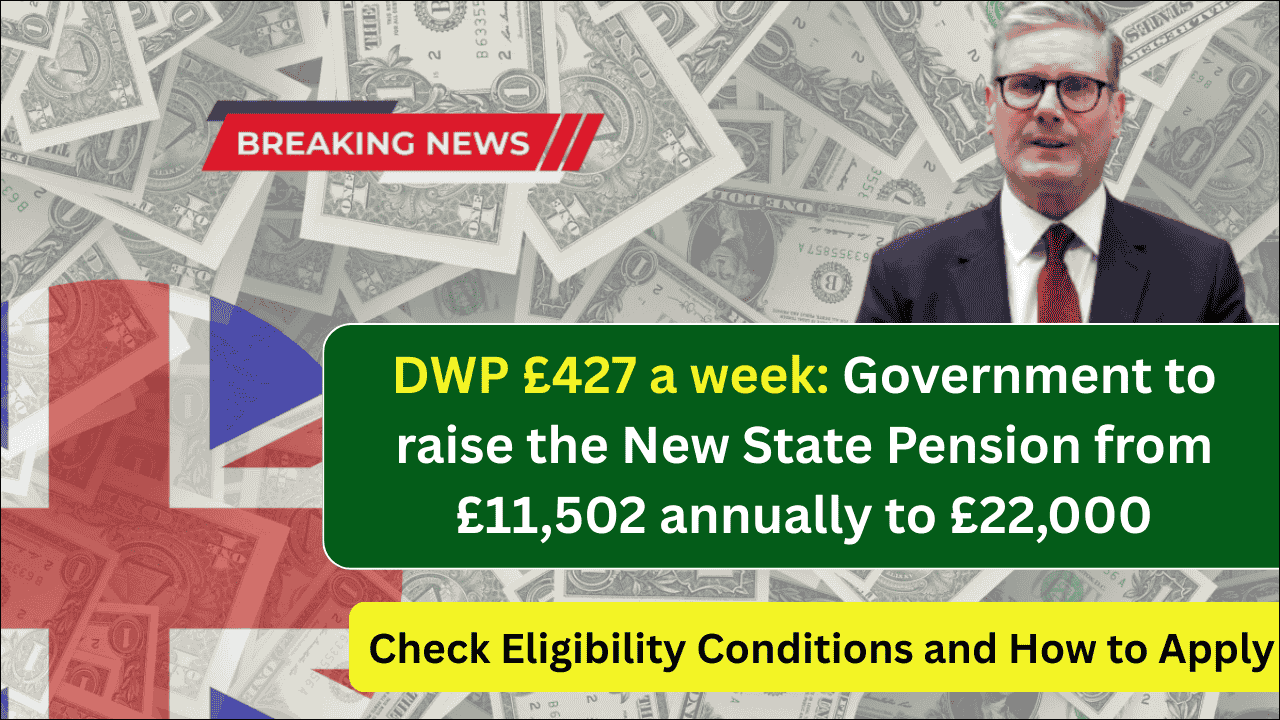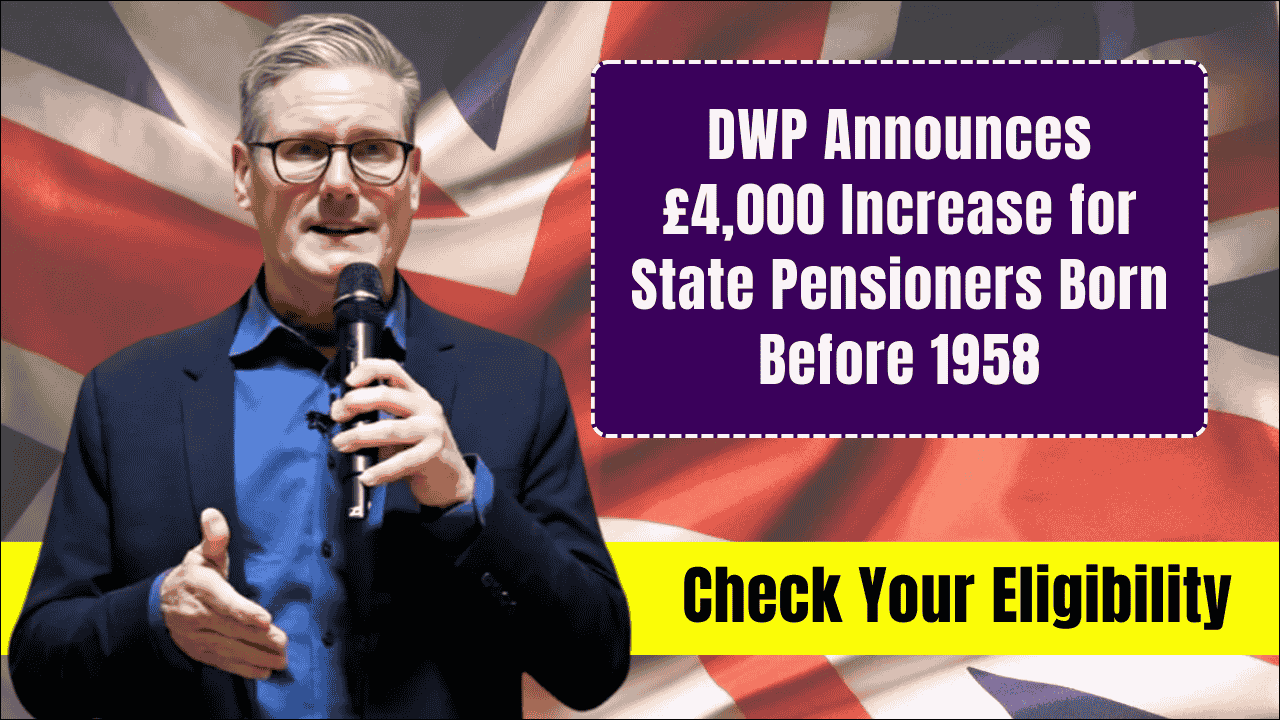
A stark warning has been issued to Cash ISA holders across the UK as reports emerge that the government is considering drastic changes to the current tax-free savings system. Chancellor Rachel Reeves is reportedly evaluating proposals that could slash the annual Cash ISA allowance from its generous £20,000 limit to as little as £4,000 – or potentially eliminate it entirely. This potential change could significantly impact millions of savers who currently benefit from tax-free interest on their cash savings, forcing them to reconsider their financial planning strategies before any changes take effect.
Table of Contents
The Proposed Changes: What’s At Stake
The current ISA system allows UK adults to save up to £20,000 annually across various ISA products without paying tax on the interest or investment returns. Cash ISAs have remained particularly popular among risk-averse savers seeking stability and guaranteed returns without tax implications. However, the government appears to be considering a major overhaul that could fundamentally alter this landscape.
| Current ISA System | Potential New System |
|---|---|
| £20,000 annual allowance for all ISA types combined | Reduced Cash ISA allowance (potentially £4,000) |
| Full flexibility to allocate between Cash and Stocks & Shares ISAs | Encouragement toward Stocks & Shares ISAs |
| Tax-free interest on all Cash ISA savings | Limited tax protection for cash savings |
| Simple unified allowance structure | Potentially more complex system |
According to recent reports, these changes would form part of a broader government strategy to redirect savings from cash deposits into stock market investments, with the aim of boosting economic growth and fostering a stronger UK investment culture.
Why Is The Government Considering This Move?
The rationale behind potentially reducing the Cash ISA allowance appears to be multifaceted:
1. Encouraging Investment in UK Companies
The government reportedly wants to foster what the Chancellor has described as “more of a culture in the UK of retail investing like what you have in the US,” believing this could provide better returns for savers while simultaneously channeling more capital into UK businesses. By limiting tax advantages for cash savings, the hope is that more people would consider equity investments.
2. Economic Growth Considerations
With large sums currently held in Cash ISAs (estimated at nearly £300 billion), the government may see an opportunity to redirect some of this capital toward more productive investments that could stimulate economic growth. Stocks and shares investments could potentially support business expansion, job creation, and innovation.
3. Balancing Tax Relief Distribution
There may also be a perception that the current generous Cash ISA allowance disproportionately benefits wealthier savers who can afford to utilize the full £20,000 limit, prompting a review of how tax relief is distributed across different saving methods.
The Impact on Different Types of Savers
The potential changes to the Cash ISA system would affect different types of savers in varying ways:
| Saver Type | Potential Impact | Response Strategy |
|---|---|---|
| Risk-averse savers | Most significantly affected due to limited tax-free cash options | Maximize current allowance; consider fixed-rate options |
| Higher-rate taxpayers | Could face significant additional tax on savings interest | Prioritize remaining ISA allowance for cash; consider alternatives |
| First-time homebuyers | May need to reconsider saving strategy for deposits | Explore Lifetime ISAs which retain £4,000 allowance |
| Retirees with cash savings | Could be forced into riskier investments or face tax bills | Review overall portfolio; consider tax-efficient pension withdrawals |
| Young/lower income savers | May be less impacted due to Personal Savings Allowance | Ensure full use of PSA before considering ISAs |
What Experts Say About The Potential Changes
Financial experts have expressed mixed views about the potential changes. Some investment professionals support the initiative, suggesting it could help savers achieve better long-term returns while boosting the UK economy. According to Damien Jordan, founder of Financial Interest, investing through vehicles like Stocks and Shares ISAs offers significant tax advantages over time, particularly when compared to taxable investments outside ISA wrappers.
However, other experts like Martin Lewis from MoneySavingExpert have raised concerns about forcing risk-averse savers into investments they’re not comfortable with. Building societies and banks have also cautioned that reducing cash savings could impact their ability to fund mortgages, potentially affecting the housing market.
How to Prepare Before Potential Changes Take Effect
With speculation growing about potential changes to the Cash ISA allowance, savers may want to consider several proactive steps:
1. Maximize Your Current Allowance
If you have funds available and were planning to contribute to a Cash ISA this tax year, consider doing so sooner rather than later. The current £20,000 allowance remains in place until any changes are officially announced and implemented.
2. Consider Fixed-Rate Cash ISAs
For those determined to keep savings in cash, fixed-rate Cash ISAs could potentially lock in current tax benefits for a set period, even if rules change. Some providers offer terms ranging from 1-5 years with competitive interest rates.
3. Explore the Personal Savings Allowance
Remember that the Personal Savings Allowance (PSA) allows basic-rate taxpayers to earn up to £1,000 in savings interest tax-free (£500 for higher-rate taxpayers) regardless of ISA status. At current interest rates, this means you could hold a substantial amount in ordinary savings accounts before paying tax.
4. Learn About Stocks and Shares ISAs
If you’ve never considered investing before, now might be a good time to educate yourself about Stocks and Shares ISAs. While they do involve more risk than cash savings, they also offer potential for greater returns over the long term.
| Investment Type | Potential Benefits | Potential Risks |
|---|---|---|
| Cash ISAs | Capital security; guaranteed returns; easy access options | Lower returns; inflation risk; possible allowance reduction |
| Stocks & Shares ISAs | Potentially higher returns; tax-free growth; dividend benefits | Capital risk; market volatility; longer investment horizon needed |
| Lifetime ISAs | Government bonus; can be cash or stocks | Withdrawal penalties; restricted to home purchase or retirement |
| Innovative Finance ISAs | Potentially higher interest rates | Higher risk; less liquidity; platform risk |
Official Government Position
The Treasury has not yet confirmed any changes to the Cash ISA allowance. In the October 2024 Budget, the government did announce that ISA allowances would remain frozen at current levels until April 2030 (£20,000 for adult ISAs, £9,000 for Junior ISAs, and £4,000 for Lifetime ISAs).
However, recent statements from Treasury officials suggest that a review of the ISA system is being considered, with Economic Secretary to the Treasury Emma Reynolds questioning, “Why have we got hundreds of billions of pounds in cash ISAs? We have failed to drive an investment culture.”
You can stay updated on ISA rules and allowances through the official GOV.UK Individual Savings Accounts page, which provides the most current information on ISA types, limits and regulations.
Will Cash ISAs Be Eliminated Entirely?
While some speculation has suggested the Cash ISA could be eliminated entirely, most analysts consider this unlikely. The more probable scenario is a reduction in the allowance, similar to how Lifetime ISAs are currently structured with a £4,000 annual limit.
The Lifetime ISA government page explains how this type of account currently operates with its limited allowance, which might provide insights into how a restricted Cash ISA system could function.
Understanding Tax Implications
If Cash ISA allowances are reduced, more savers would potentially face tax on their interest, making it important to understand how savings are taxed:
| Tax Band | Personal Savings Allowance | Tax Rate on Savings Interest |
|---|---|---|
| Basic rate (20%) | £1,000 | 20% on interest above allowance |
| Higher rate (40%) | £500 | 40% on interest above allowance |
| Additional rate (45%) | £0 | 45% on all savings interest |
At current interest rates of approximately 4-5%, a basic rate taxpayer would need around £20,000-£25,000 in regular savings accounts before exceeding their PSA. However, higher rate taxpayers would reach their limit much sooner, and additional rate taxpayers receive no allowance at all.
For full details on how savings interest is taxed, you can visit the GOV.UK page on savings interest taxation.
Alternative Savings and Investment Options
If Cash ISA limits are reduced, savers may want to explore other tax-efficient options:
- Make full use of the Personal Savings Allowance: Basic rate taxpayers can earn up to £1,000 interest tax-free in regular savings accounts.
- Consider Premium Bonds: While they don’t pay interest, prizes are tax-free and your capital is secure.
- Maximize pension contributions: Pensions offer tax relief on contributions and tax-free growth.
- Explore Stocks and Shares ISAs: For longer-term goals, investment ISAs offer tax-free growth and dividends.
- Look into Lifetime ISAs: If eligible and saving for a first home or retirement, these offer a 25% government bonus.
The Timeframe for Potential Changes
If changes to the Cash ISA allowance are announced, they would likely come as part of a major fiscal event such as the Autumn Budget. Implementation could either be immediate or scheduled for the next tax year beginning April 2026.
For any household with substantial cash savings, the coming months represent a critical window to review financial plans and potentially maximize current ISA allowances before any changes take effect.
Wider Economic Context
The debate around Cash ISA allowances comes amid broader economic considerations. The UK government is focused on stimulating economic growth while managing public finances. Encouraging more direct investment in UK companies through equity markets aligns with these goals.
Additionally, with interest rates having risen significantly in recent years, the tax benefits of Cash ISAs have become more valuable to savers, potentially increasing the cost of this tax relief to the Treasury.
Conclusion
While no changes have yet been confirmed, the growing speculation about reductions to the Cash ISA allowance warrants serious attention from savers. Those with significant cash savings, particularly higher-rate taxpayers who would be most affected by changes, should consider reviewing their strategy and potentially accelerating planned ISA contributions.
Whatever decision is ultimately made, the potential shake-up serves as a reminder of the importance of diversification across different savings and investment vehicles rather than relying too heavily on any single tax-advantaged product.
Stay informed by regularly checking official government sources like GOV.UK for the latest updates on ISA rules and tax policies, and consider seeking personalized financial advice if you’re uncertain about the best approach for your circumstances.
FAQs on Cash ISA Changes
What is the current annual ISA allowance in the UK? The current ISA allowance is £20,000 per tax year (until April 2030), which can be split between different types of ISAs including Cash, Stocks and Shares, Innovative Finance, and Lifetime ISAs.
Why would the government consider reducing the Cash ISA allowance? The government reportedly wants to encourage more investment in stocks and shares to boost economic growth, believing that redirecting savings from cash to equity investments could benefit both savers and the UK economy.
Would existing Cash ISA savings be affected by any allowance changes? No, any changes would only affect future contributions. Money already saved in Cash ISAs would retain its tax-free status regardless of potential rule changes.










